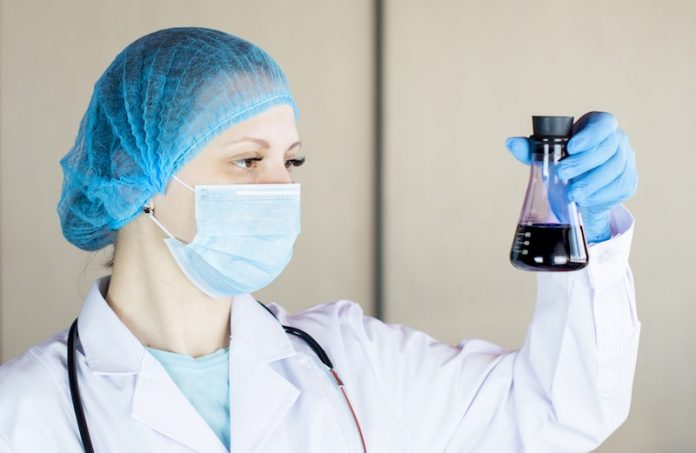
SARS-CoV-2 so far has infected more than 28 million people around the world and killed more than 900,000, in addition to causing widespread socioeconomic disruption and damage.
Developing an effective vaccine to stop the pandemic is currently the world’s top public health priority.
Although several potential vaccines are already in clinical trials, scientists don’t yet have a full understanding of the molecular features that would define a protective antibody response.
In a recent study at Scripps Research and elsewhere, researchers discovered a common molecular feature found in many of the human antibodies that neutralize SARS-CoV-2, the coronavirus that causes COVID-19.
The study is published in Science. One author is Ian Wilson, DPhil, Hansen Professor of Structural Biology.
In the study, the team reviewed data on nearly 300 anti-SARS-CoV-2 antibodies that their labs and others have found in convalescent COVID-19 patients over the past few months.
They found that a subset of these antibodies is particularly powerful at neutralizing the virus—and these potent antibodies are all encoded, in part, by the same antibody gene, IGHV3-53.
The team used a powerful tool known as X-ray crystallography to image two of these antibodies attached to their target site on SARS-CoV-2.
The resulting atomic-structure details of this interaction should be useful to vaccine designers, as well as to scientists hoping to develop antiviral drugs targeting the same site on SARS-CoV-2.
Prior research suggests that antibodies encoded by IGHV3-53 are generally present, at least in small numbers, in healthy people’s blood.
The results, therefore, offer hope that using a vaccine to boost levels of these ever-present antibodies will protect adequately against the virus.
The team says this type of antibody has been isolated frequently in studies of COVID-19 patients, and they can now understand the structural basis for its interaction with SARS-CoV-2.
Copyright © 2020 Knowridge Science Report. All rights reserved.



